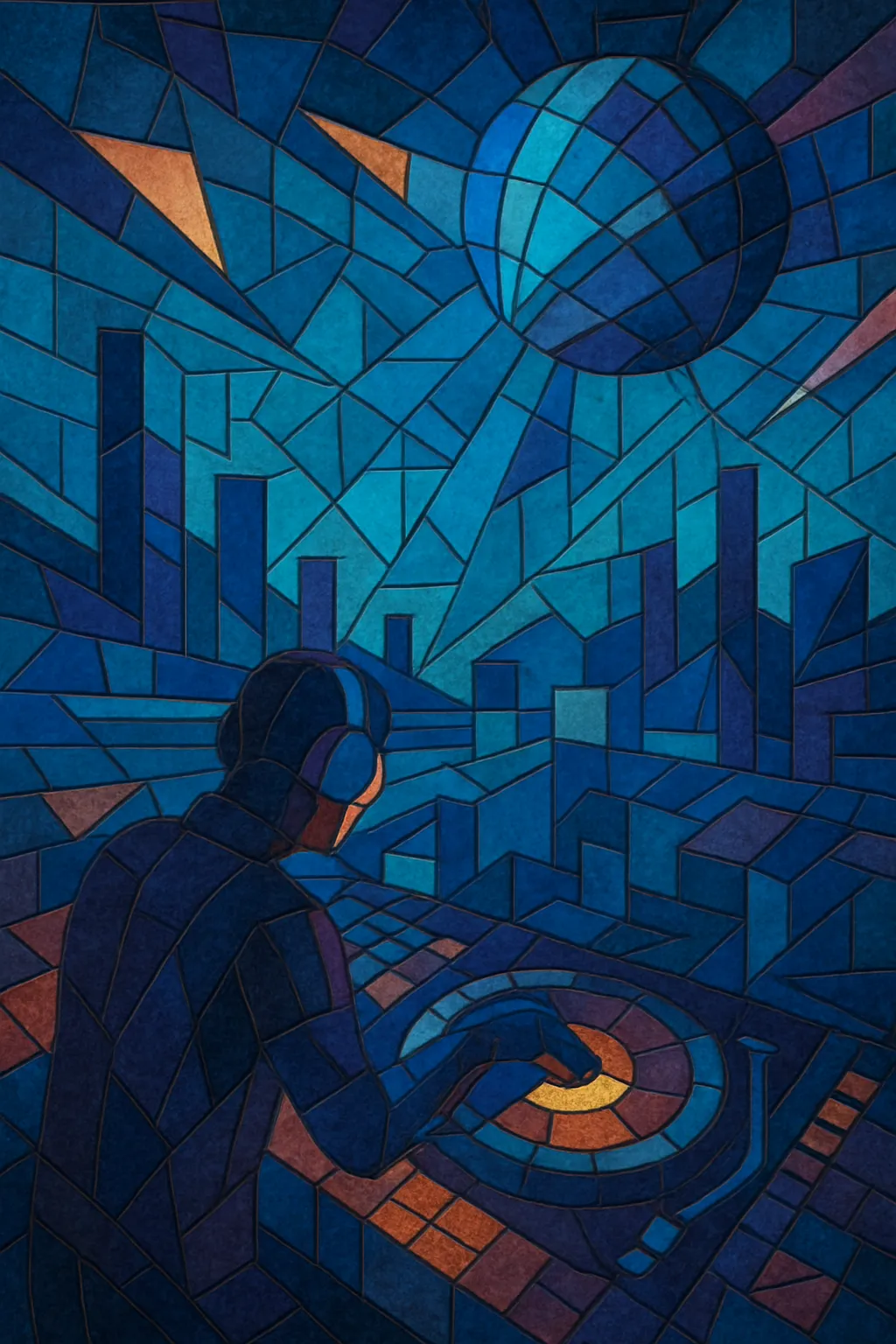
Future house is a mid‑2010s strain of house music known for rubbery, plucked bass leads, clean and punchy drums, and streamlined, drop‑focused arrangements. It bridges the groove and warmth of deep/UK house with the sheen and impact of big‑room/electro‑house, often featuring metallic or organ‑like bass timbres that “speak” melodically.
Typical tracks sit around 124–128 BPM, use tight sidechain compression for a pumping feel, and contrast sparse, atmospheric breakdowns with hooky, syncopated bass drops. Vocals, when present, are concise—often chopped or pitched—and the sound design emphasizes clarity, swing, and a modern, club‑ready polish.
Future house emerged in the early 2010s as producers sought a middle ground between deep/UK house grooves and the punch of electro and big‑room house. Early releases by artists like Tchami and Oliver Heldens introduced the now‑signature plucked, talking bass and minimal yet powerful drops, circulating widely via SoundCloud and European dance labels.
Around 2014, tracks such as Oliver Heldens’ “Gecko” and releases from Tchami and Don Diablo pushed the sound to international prominence. Dutch labels and festival circuits helped codify the style: swingy house drums, clean high‑end, and melodic, rubbery bass leads became a recognizable formula. Radio edits and vocal versions brought the style into mainstream dance‑pop while retaining club energy.
As the aesthetic spread, producers hybridized future house with bassline/UK garage and pop sensibilities, paving the way for offshoots like Brazilian bass, future bounce, and later slap house. By the 2020s the vocabulary—tight, sidechained drums, pluck‑bass drops, and terse vocal hooks—had become a staple across club music and crossover dance‑pop.

